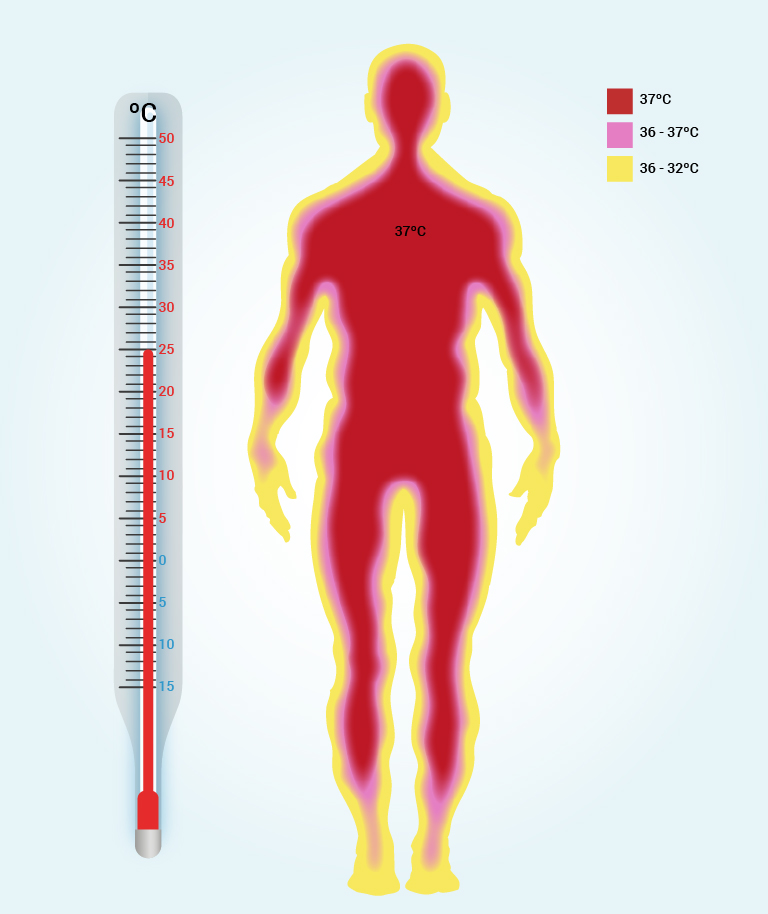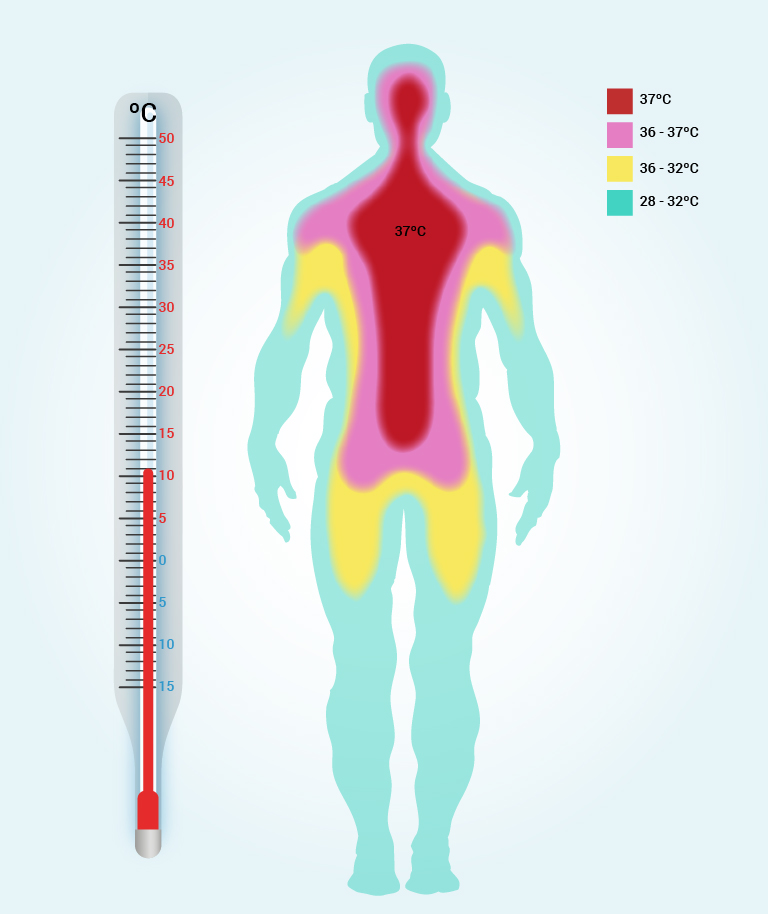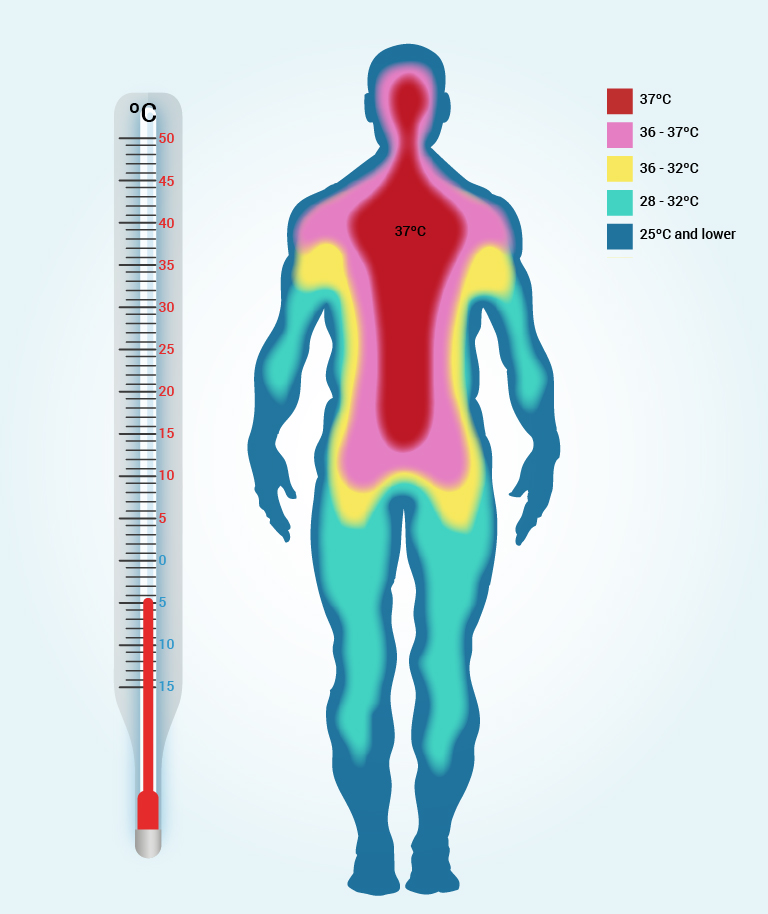Introduction
Helping the patient to regulate body temperature is an important and challenging task for the nurse. Generally we protect ourselves from unpleasant changes in body temperature by modifying our own behaviour.
As nurses, we “think and act” for other people who are in a condition where they are unable to care for themselves, for example young children and unconscious patients. The nurse must observe, identify, assess and document the essential nursing care given to patients with various disorders of body temperature.
This can be based on temperature measurement and blood samples and this information provides important clinical details about the patient’s condition. Body temperature can be used as an indicator of whether the patient is unwell or is deteriorating.
Fever has long been a familiar symptom of disease. In cases of unfavorable changes in temperature, the nurse initiates various nursing actions in order to increase patient comfort and restore normal body temperature. The prerequisites for creating constant body temperature is to achieve a balance between the heat your body produces and releases in relation to the surroundings.
Temperature regulation is one of the homeostatic mechanisms of the body. When we refer to body temperature, we mean the temperature inside the body, i.e. the core temperature. Core temperature is what we are assessing when we perform a temperature measurement.
The core temperature is not the same throughout the body. Core temperature differs from the temperature of the body’s outer skin extremities. Hand temperature is about 30-33° C, we get chills at about 17° C and we burn ourselves at temperatures above about 43° C. The body temperature is considered a vital sign and is measured in degrees Celsius or Fahrenheit.
The skin, along with blood circulation, is involved with temperature regulation; the more blood flowing through the skin the warmer we become and the more heat is lost from the skin.
The temperature is controlled by the hypothalamus which acts as the body’s thermostat. The thermostat has a “set point” and, together with several other regulatory mechanisms is co-responsible for keeping the body temperature relatively constant in spite of the surroundings.







